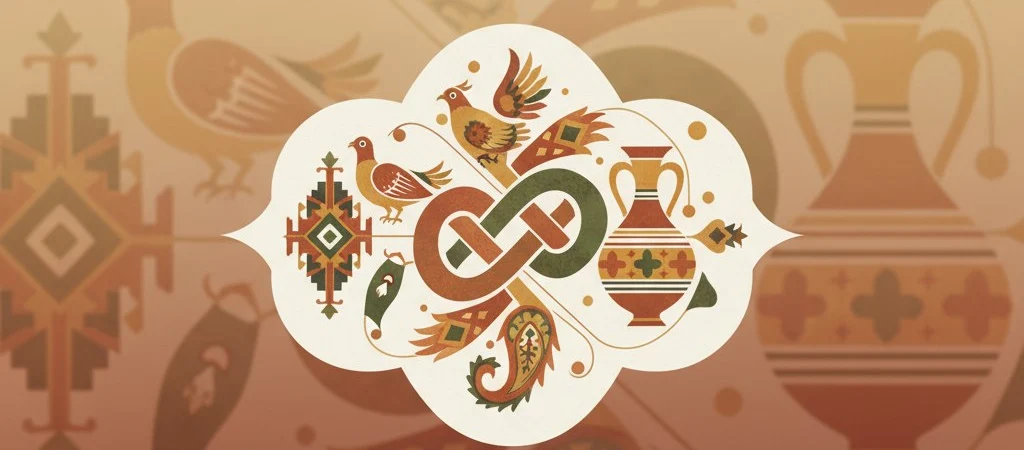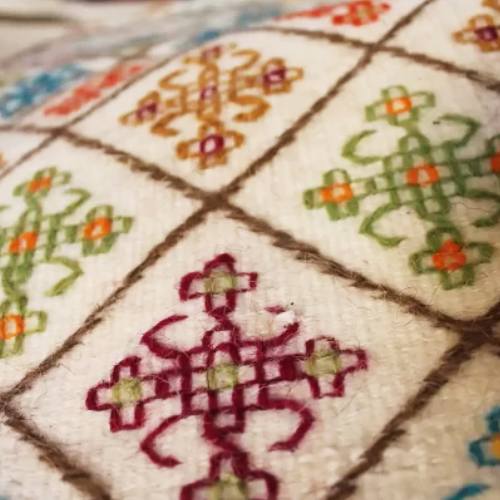
Glich Weaving



story of Glich Weaving
One of the practical handicrafts of Semnan Province is known as Glich weaving. Glich is similar to a kilim and has a specific historical significance. The term "Glich" is actually a local name used in Semnan. The warp threads of Glich are made from very strong cotton yarn, while the weft is composed of colorful wool fibers. The tools used for Glich weaving are quite similar to those used in textile weaving, but the final product resembles a kilim. This type of handwoven fabric is recognized as a mat, but its production rate is higher compared to carpets and kilims, and it is also more economically viable to produce.
The weaving method of Glich is similar to that of fabric, with the only difference being that its warp threads have more twist. Fingers are used for wefting, and colorful wool is employed to create the background patterns. In Glich weaving, various geometric shapes and designs are formed using colorful wool threads. Glich comes in various sizes and is woven in dimensions suitable for prayer rugs, mats, and door mats. Glich weaving includes items such as sarhami, mirror bags, Glich wall hangings, horse covers, door mats, and kajeek bags. Sarhami is a Glich used to carry bath items, which people would take with them when going to the bathhouse. A mirror bag is a pouch that used to hold cosmetics and sometimes threads and needles. Horse covers are large Glich pieces that were placed on horses during weddings to create a beautiful appearance while transporting the bride's dowry and when the groom went to the bathhouse. Kajeek is a bag that was historically hung crookedly on the wall, where spoons and forks were placed. Nowadays, it is filled with fibers and used as cushions on furniture. Korsi sari is an item that was traditionally placed on the korsi (a heated table) in homes to enhance its beauty.
Some famous Glich patterns include:
- Gorgi Doone (referring to the diamond shape within the Glich)
- Damdar pattern
- Panje Gol pattern
- Khwarejin pattern
- Chahar Dastmal pattern
The towns and villages in northern Semnan Province, such as Aroost, Foulad Mahalleh, Rezaabad, and Chashm, are known as producers of this beautiful handwoven fabric. Glich can be washed with water and soap and is recognized as a practical element that embodies beauty among the handicrafts of Semnan. Glich is considered one of the important handicrafts and is regarded as a valuable souvenir of this city.
We hope that in the near future, when you visit Iran, Semnan Province , you will take a piece of Glich home as a souvenir and share this valuable handwoven fabric with your loved ones. The Sana Persian team hopes to host you in the near future and accompany you in purchasing a piece of Glich. Looking forward to that day.
Contact Us
+989054577261